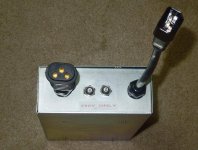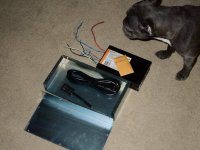Bummer about the phantom CMH ballasts, I was going to go that way but all the issues have got me spooked. I'm looking for a backup, and I'm going to expand with another CMH.
I like to buy ballasts local for that reason too. I can get a replacement the same day, because I dont have backup ballasts (yet).
The nanolux one I have has been working perfectly for the last few months.
I like to buy ballasts local for that reason too. I can get a replacement the same day, because I dont have backup ballasts (yet).
The nanolux one I have has been working perfectly for the last few months.



 very professional , looks factory done !
very professional , looks factory done !
